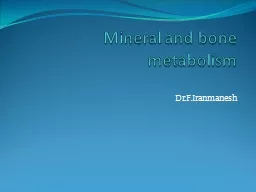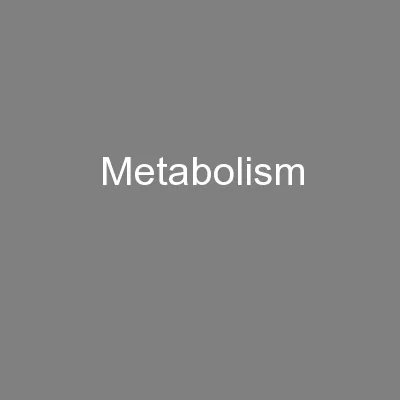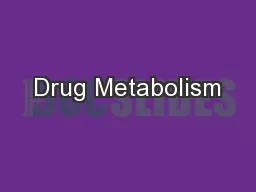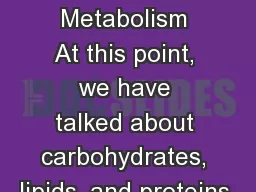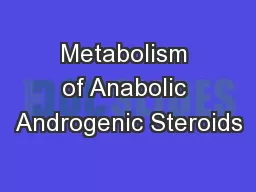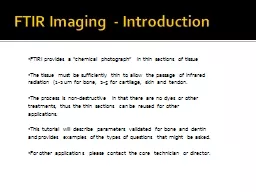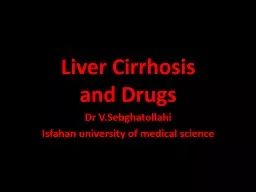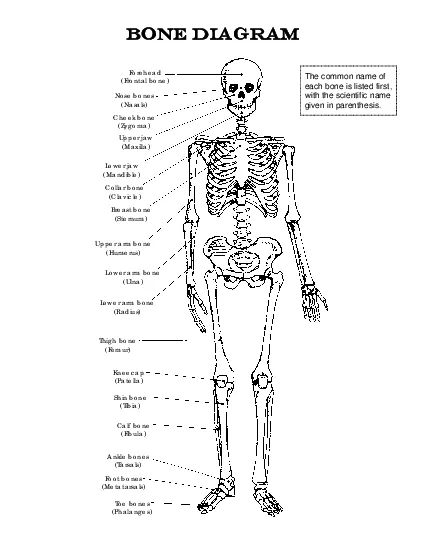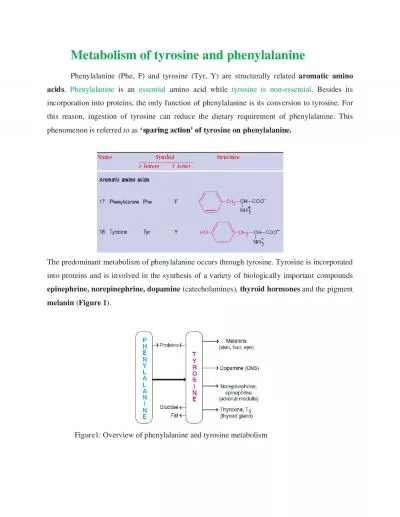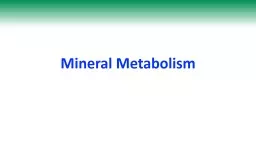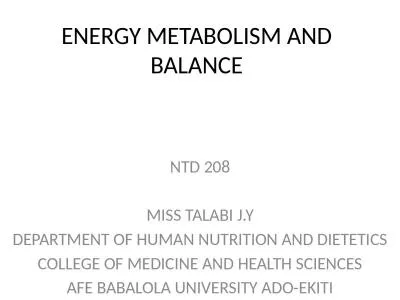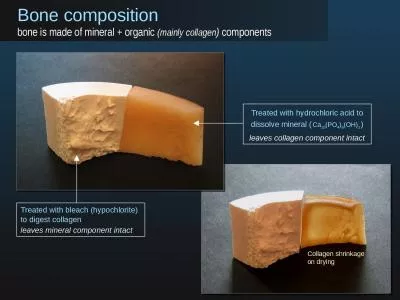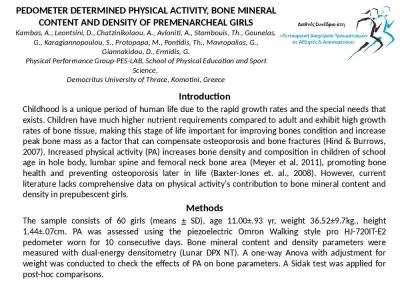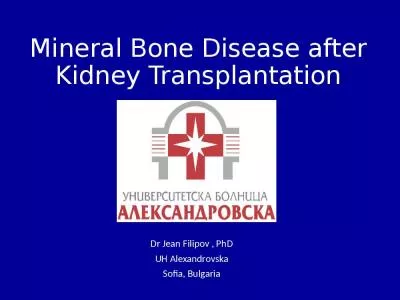PPT-Mineral and bone metabolism
Author : olivia-moreira | Published Date : 2020-04-10
DrFIranmanesh CalciumPhysiologic chemistry Distribution 5 th most common element Most prevalent cation in the body Healthy adult contain 113kg of calcim99 in the
Presentation Embed Code
Download Presentation
Download Presentation The PPT/PDF document " Mineral and bone metabolism" is the property of its rightful owner. Permission is granted to download and print the materials on this website for personal, non-commercial use only, and to display it on your personal computer provided you do not modify the materials and that you retain all copyright notices contained in the materials. By downloading content from our website, you accept the terms of this agreement.
Mineral and bone metabolism: Transcript
Download Rules Of Document
" Mineral and bone metabolism"The content belongs to its owner. You may download and print it for personal use, without modification, and keep all copyright notices. By downloading, you agree to these terms.
Related Documents

